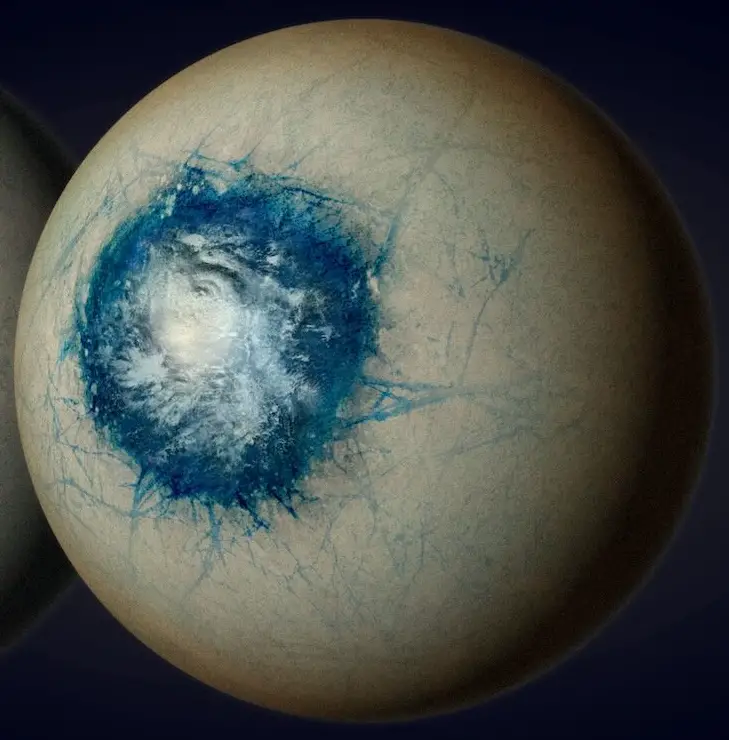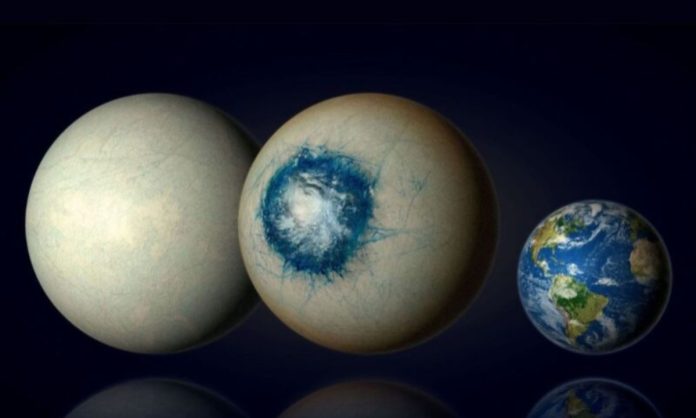An exoplanet named LHS 1140 b, located just 40 light-years away in the constellation Cetus, has recently gained attention as a potential super-Earth, a type of terrestrial exoplanet more massive than Earth.
Initially identified as a mini-Neptune by NASA’s James Webb Space Telescope in late 2023, further analysis has led a team of researchers, led by Charles Cadieux from Université de Montréal, to suggest that LHS 1140 b is more accurately classified as a super-Earth.
The initial mini-Neptune hypothesis was based on observations from the James Webb Space Telescope’s NIRISS instrument, which detected two transits of the planet.
This instrument uses transit spectroscopy to analyze the light from the planet’s host star as it passes through the planet’s atmosphere, providing valuable insights into the atmospheric composition. However, the spectral data did not match the expected signature of a mini-Neptune, prompting further investigation.

To test the mini-Neptune theory, the researchers created a 3D global climate model (GCM) to simulate various planetary conditions. The GCMs, which model planetary climates with different atmospheric and surface conditions, were compared with the observed light spectra.
The results suggested that LHS 1140 b’s characteristics were more consistent with those of a super-Earth, which typically has a rocky surface and a thick atmosphere rich in nitrogen or carbon dioxide.
The researchers also considered the possibility of LHS 1140 b being a hycean planet—a type of super-Earth with an ocean-covered surface and a hydrogen-dominated atmosphere. The planet’s lower density, which implies a significant water content, supports this idea.
However, the hycean hypothesis comes with concerns about a potential runaway greenhouse effect, where excessive greenhouse gases could lead to the loss of liquid water due to extreme heat.
While the findings are promising, Cadieux and his team acknowledge that more observations are needed to confirm the planet’s true nature. Future comparisons of NIRISS data with observations from Webb’s NIRSpec and MIRI instruments will be crucial.
These additional observations, which could take several years, aim to clarify whether LHS 1140 b is indeed a super-Earth or a hycean planet and whether it might have conditions suitable for habitability.


